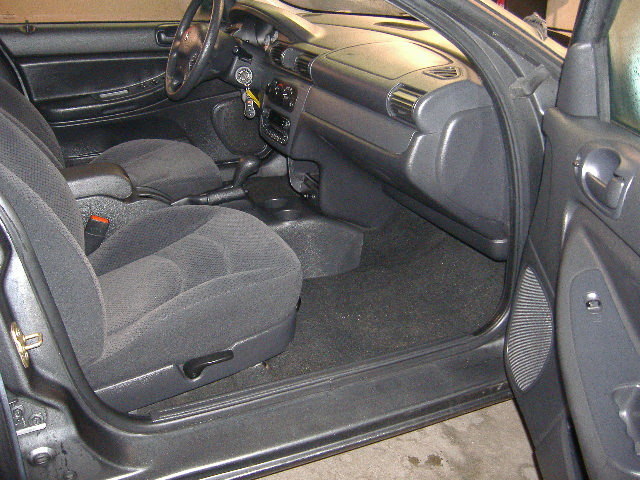22. Automobile loans. The principal area in which Section 7 violations are apprehended is that of lending money on the security of automobiles.
The plaintiff would have the court consider all these transactions as portions of the same line of commerce, and lump all competitive and statistical factors into one overall economic category. The defendants would have the different segments of the automobile loan business identified by their various characteristics, and would analyze the competition or possible competition for each segment on its own merits.
If neither bank nor captive finance company will handle the transaction, he then must turn to an independent finance company such as American

A direct loan is a loan direct from the lender to the borrower upon the security of an automobile or other property.
An indirect loan is a loan from the dealer to the customer which is in turn discounted by the dealer with a bank, a manufacturer’s “captive” finance company or an independent finance company like American Credit Corporation.
“Floor planning” in the present context is lending by a bank or finance company to a dealer for the purchase by the dealer of automobiles for sale.
The plaintiff contends that Wachovia and American are direct competitors in all these phases of lending on the security of automobiles, and that the purchase of American by Wachovia will substantially reduce this competition.
As previously indicated, American gets its lending money primarily from banks and insurance companies outside North Carolina. If the merger takes place its $8,500,000 line of credit with Wachovia would become unprofitable to Wachovia and would be discontinued (Defendants’ Exhibit 3). American has $63,130,000 in long-term debt to banks and insurance companies outside North Carolina, and $3,000,000 in long-term debt to North Carolina lenders (Defendants’ Exhibit 4).
It has $195,750,000 in lines of credit with out of state banks and $25,650,000 with North Carolina banks
American has no deposits from bank depositors and gets its lending money at commercial rates which have varied recently in the neighborhood of 8% to payday loans in Indiana 9%. Wachovia by contrast has substantial checking deposits on which it pays no interest, and savings deposits on which interest rates are low. The average cost of money to American is roughly 8% to 9%, whereas the average cost of money to Wachovia is between 3% and 4%.
Wachovia, being a commercial bank, is not in the small loan business and is limited as a practical matter to 15% interest on its loans. American is in the small loan business and on most accounts has less restriction on the interest rates it can charge.
Automobile dealers find themselves acting in substance as brokers for loans *639 on the security of automobiles. As one witness described it: When a customer selects a car and the price is agreed, the dealer attempts to get the car financed by or through a bank. Failing that, he turns to a captive finance company such as GMAC or Ford Motor Credit Company.
The reasons are made clear in testimony, for example, of the witnesses Hugh Coltrane and Andrew Taylor, automobile dealers. The dealer prefers a bank or a captive finance company because the interest rates are substantially lower and the dealer gets a bigger share of the interest profit on the loan. Taylor testified that not since October 1969 has his company, North State Chevrolet Company of Greensboro, knowingly placed a loan through American Credit Company when it could be placed through GMAC. The reason is that the dealer’s profit on the GMAC loan is around $200, whereas it is only approximately $100 on a loan through American Credit Corporation.

